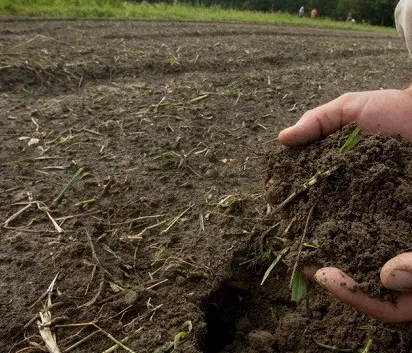
The soil is formed from the weathering process of rocks aided by organisms forming a unique texture that covers the surface of the earth. the process of forming this land will form layers that cover the entire surface of the earth. the layers formed have different textures and each layer will reflect physical, chemical and biological processes that have occurred during the formation process.
a Swiss soil expert who worked in the United States, said that the soil was formed from parent materials which had undergone modification due to the dynamics of climate factors, organisms (including humans), and relief of the earth's surface (topography) as time goes by. Based on the dynamics of these five factors various types of soil are formed and soil classification can be carried out.
Soil structure is a physical characteristic of the soil that is formed from the composition between aggregates (grains) of soil and interaggregate space. Soil is composed of three phases: solid phase, liquid phase, and gas phase. The liquid and gas phases fill the interaggregate space.
The structure of the land depends on the balance of these three constituent factors. Interaggregate space is called porous (plural pores). The soil structure is good for roots when large pores (macropores) are filled with air and small pores (micropores) are filled with water. Loose soil (nest) has a fairly large aggregate with balanced macropore and micropore. Soil becomes increasingly clayy when excess clay is so that it lacks macroporous.